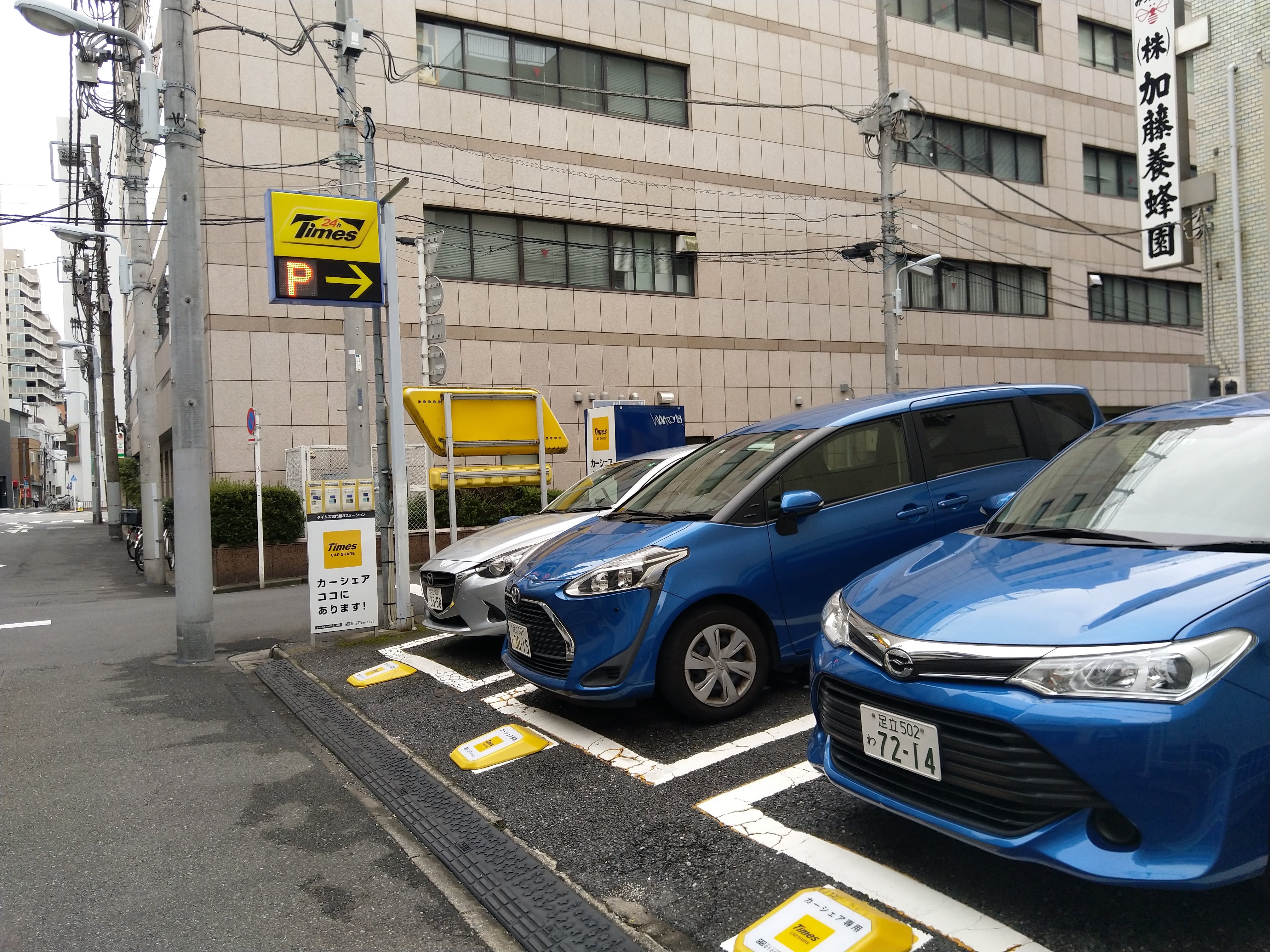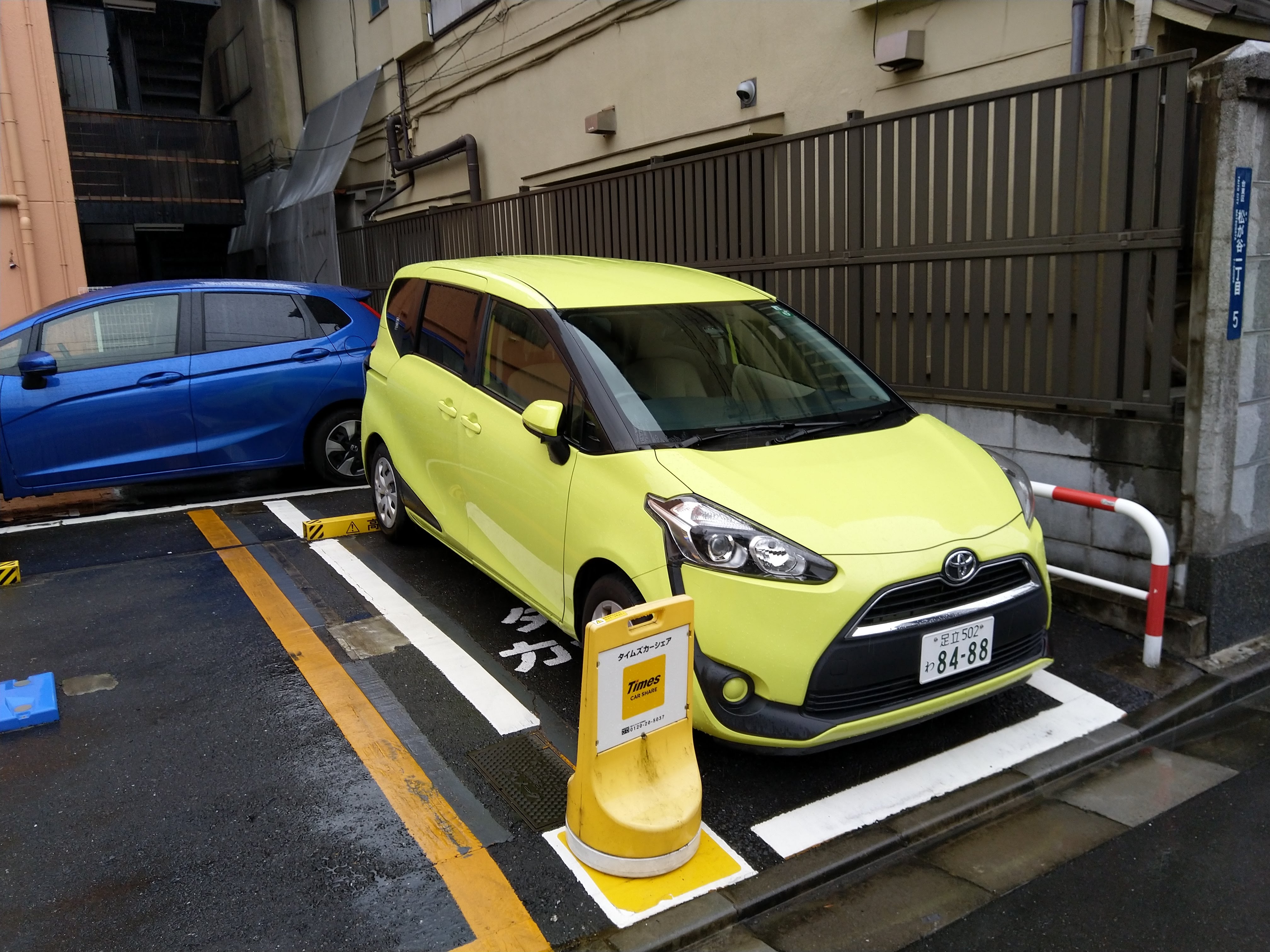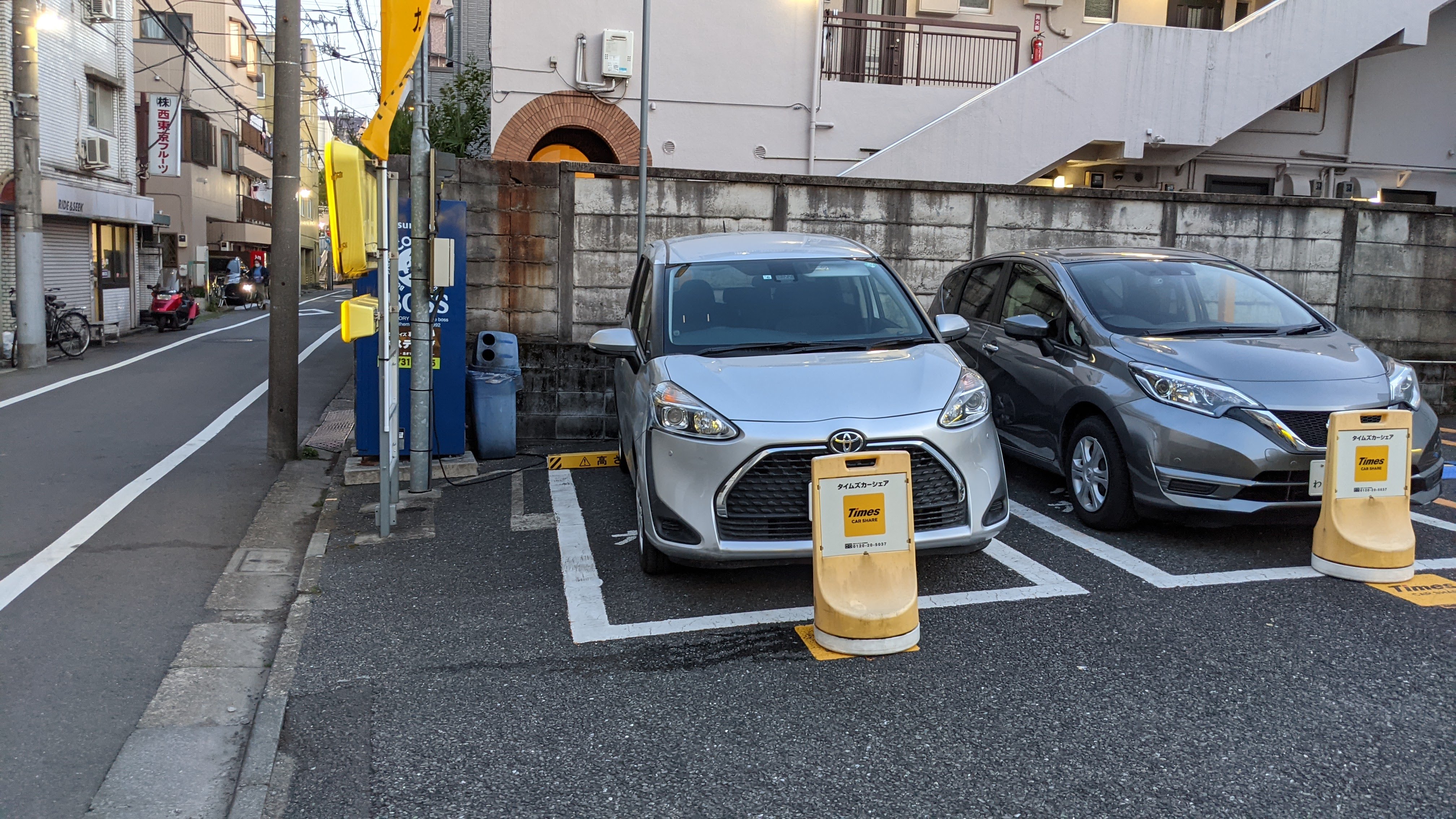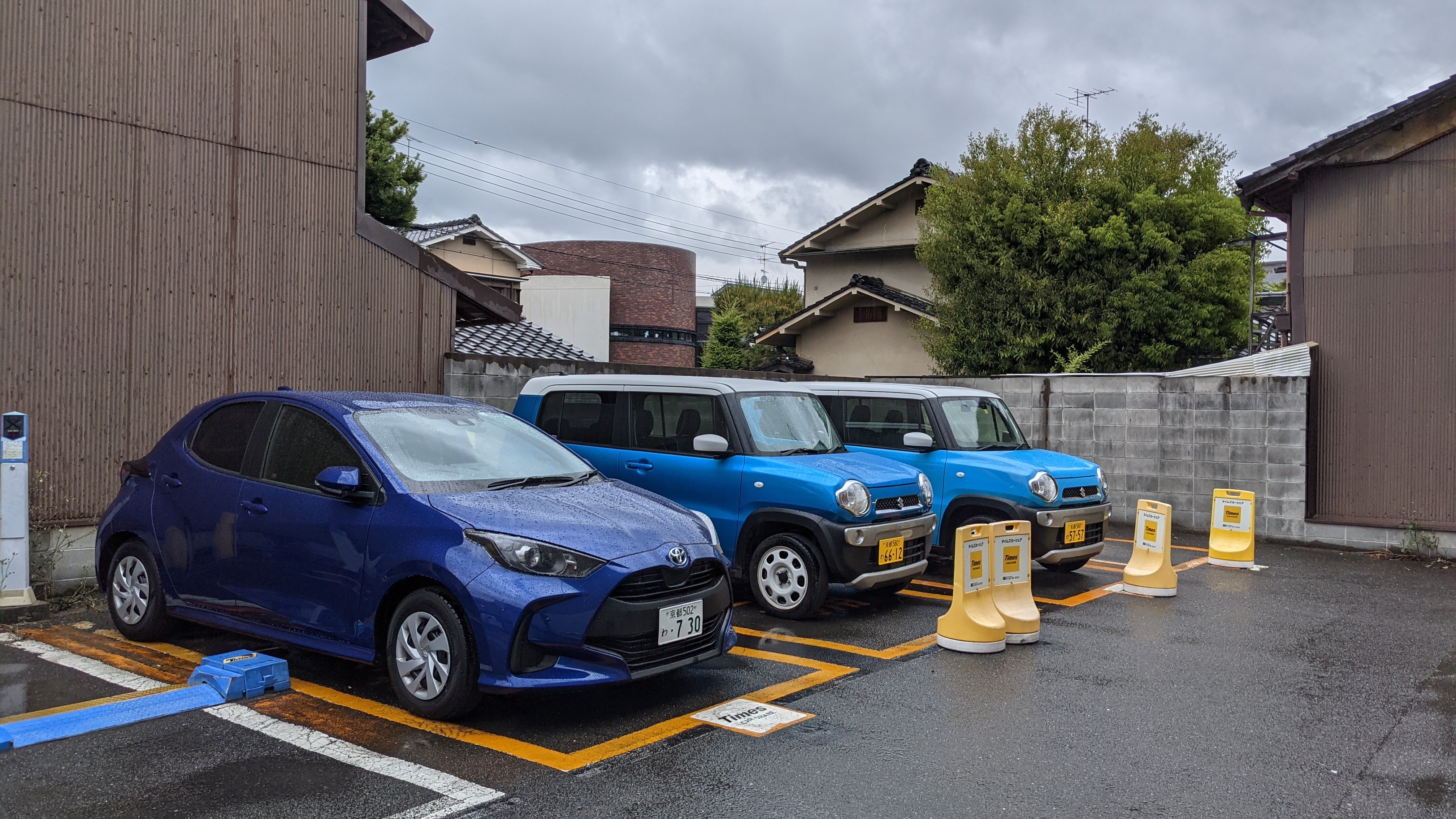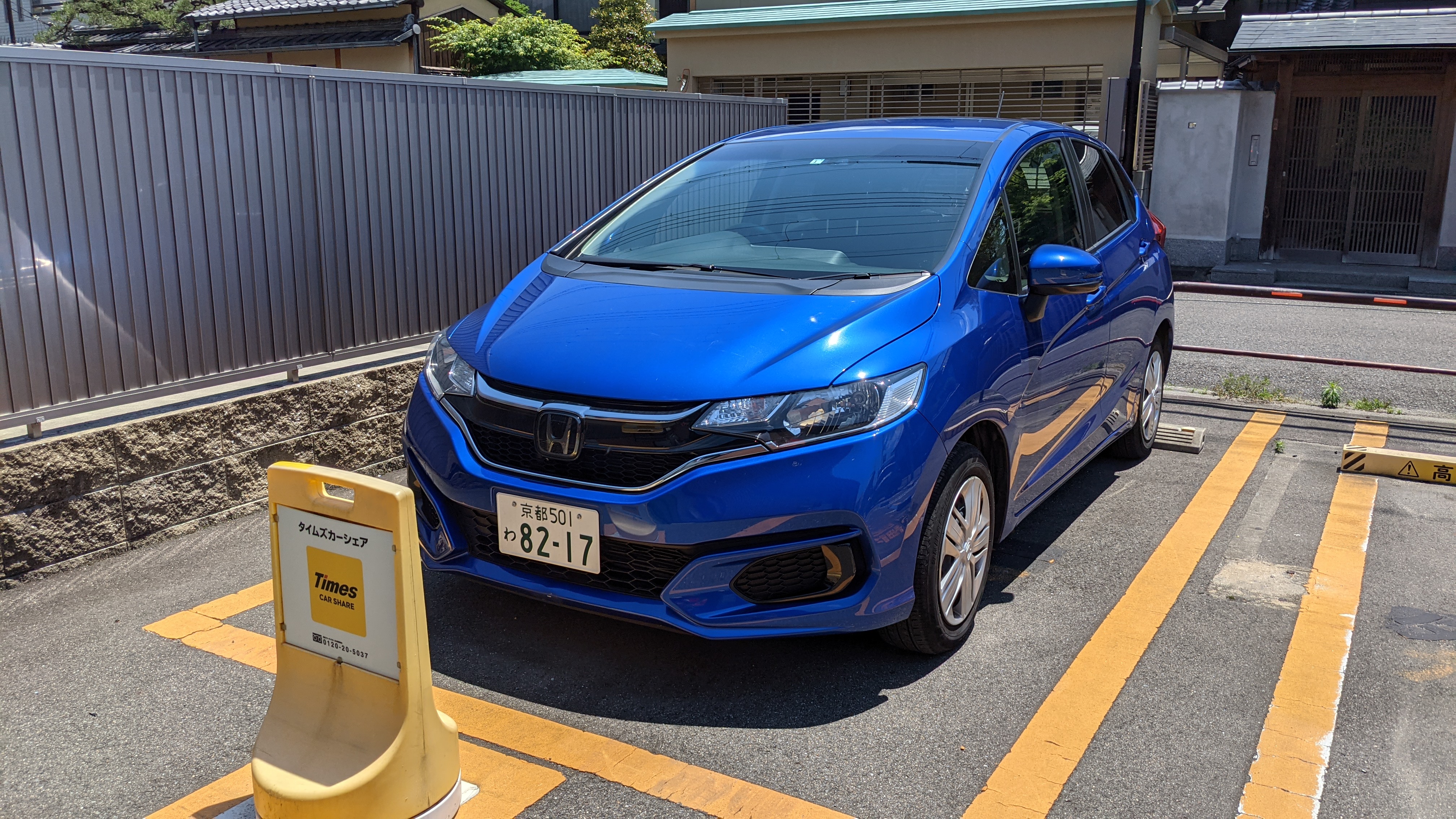Times Car Share
23 May 2021 | #japanEven though Japan has amazing public transportation, sometimes having a car can make things so much better, like going for a day trip to the countryside or picking up someone at the station. This gets even more important as you leave Tokyo: for example Kyoto’s public transportation is mostly buses that can be significantly delayed due to traffic, and they are slower than cycling (due to stopping all the time). Moreover (especially on the weekend) they might only come once every 30 minutes, so you usually end up waiting at the bus stop for quite a while. Traditional car rentals are great for day trips, but get rather complicated and expensive for short trips.
The solution for this situation is car sharing: essentially a self-service car rental with support for very short rentals. I have been using Times Car Share, but other big players in the Japanese market are Orix and careco with very similar service and prices. At the end of the day it probably comes down to which one has a station close to where you live.
Neither companies have an English website, but they are generally manageable with Google Translate. After signing up online for Times, I had to go to one of their offices to show my driving license (I have a Japanese one, so not sure if international licenses are accepted) and pick up the membership card. They took a copy of my driving license, signed some papers and got the card. Overall it took less than 10 minutes.
Once you have the card, you can make reservations on the site and in the app. Cars can be picked up at designated stations (normal parking lots), and have to be returned to the same spot (so you always need to make a roundtrip). For short trips (less than 6 hours) you only pay per the time: 220 yen/15 minutes for the basic cars (330 yen and 440 yen for bigger cars), which includes fuel too, but not ETC. Over 6 hours there is a discount on the time charged, but you start to pay for distance. Check Times’ site for the details.
Moreover there is also a monthly minimum fee of 880 yen, e.g. if you only use the service for 500 yen in a given month, they will charge you an extra 880-500=380 yen at the end. Or as sometimes presented: the monthly subscription fee is 880 yen, which you can use for rentals in that month. There are family, student and corporate discounts to this. More info
Usage is billed from the start time of the reservation until the time you return the car (even if it’s before the end of the reservation). If you return the car after the end of reservation, extra fees are charged and your membership could be suspended (this is to avoid the next person having to wait for the car). Thus it is recommended to make a reservation for a few hours longer than the planned trip. The only limitation is that if the reservation is for more than 24 hours, but the actual use is less than 2 hours, then 2 hours will be charged. Seems reasonable to me.
You can open the car up to 15 minutes before the start of the reservation, but the billing still only starts at the beginning of the reservation, so you can get up to 15 minutes for free, which can be good especially for short trips. Not sure about the insurance coverage for this time though, so use it at your own risk.
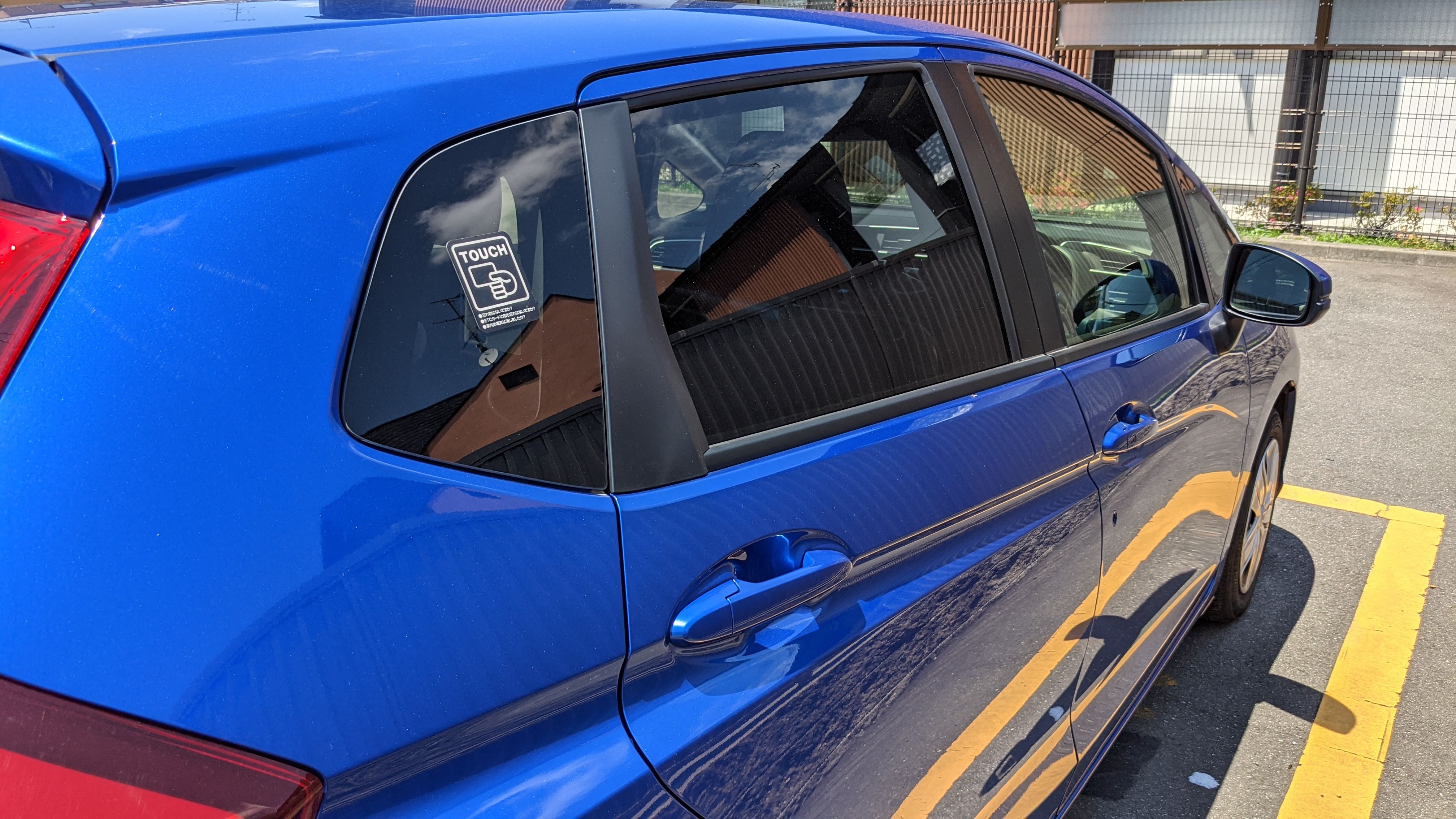
Opening the car is done by touching the membership card to the card reader installed in one of the back windows of the car. This unlocks the car, and the key can be found in the glove compartment. At the end of the rental, after returning the car to the same parking spot, put the key back to its original place and touch the card to the reader again to close the doors and finish the rental. If you forgot something in the car, you can open it again one time, though I’ve never had to do this so far.
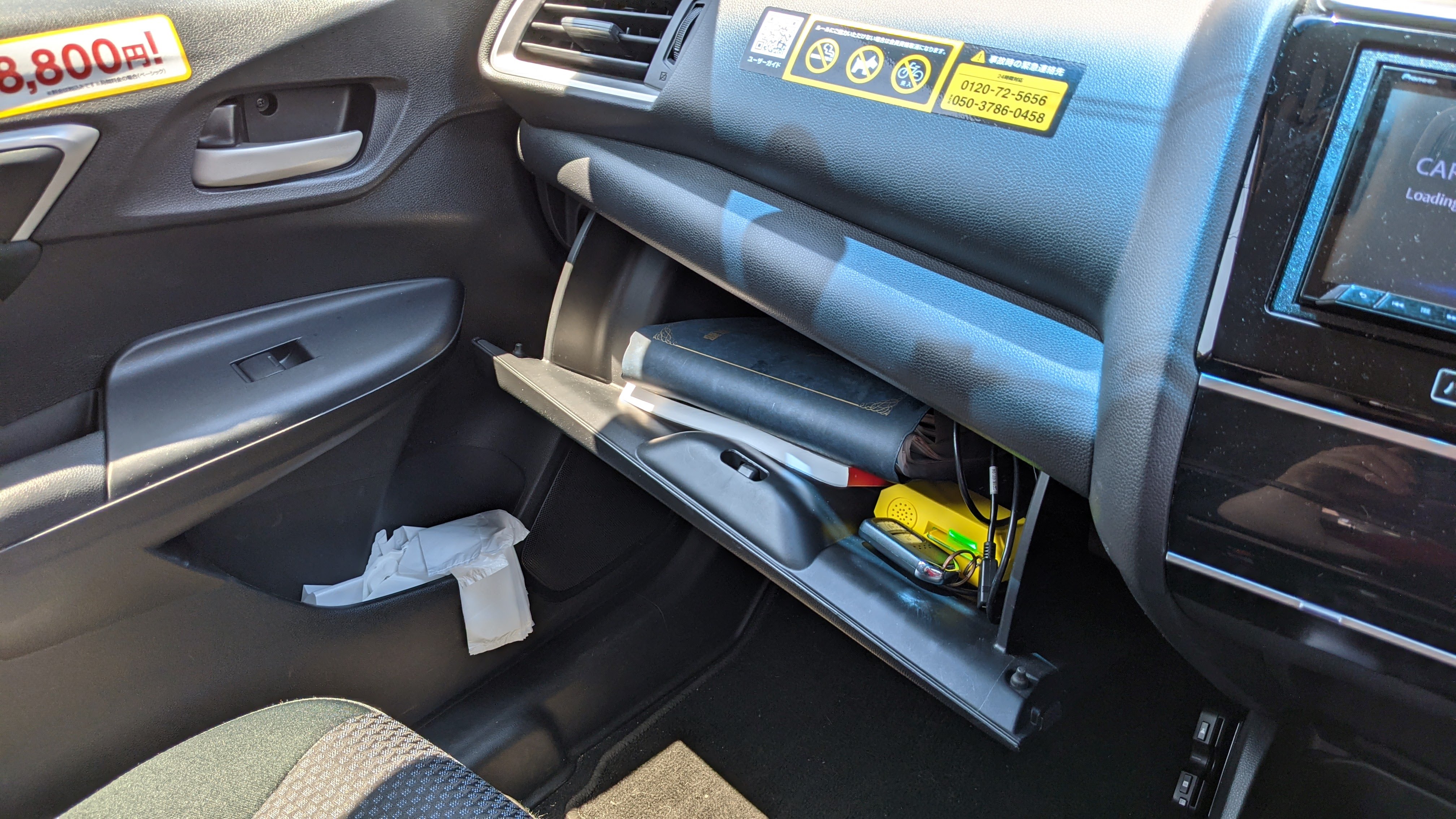
Upon return, the system sends you an email with a link to a 1 question questionnaire: did you find the car in a nice state? - yes, it was nice / no, there was some trash inside. Filling out this gets you 1 TCP point, and if the next person answers yes, then you get an extra 3 points. I don’t know of any penalties for getting a no. The cars are generally pretty clean. Maybe I find some trash 1 out of 5 times, usually pet bottles or masks. Nothing super gross or dirty so far.
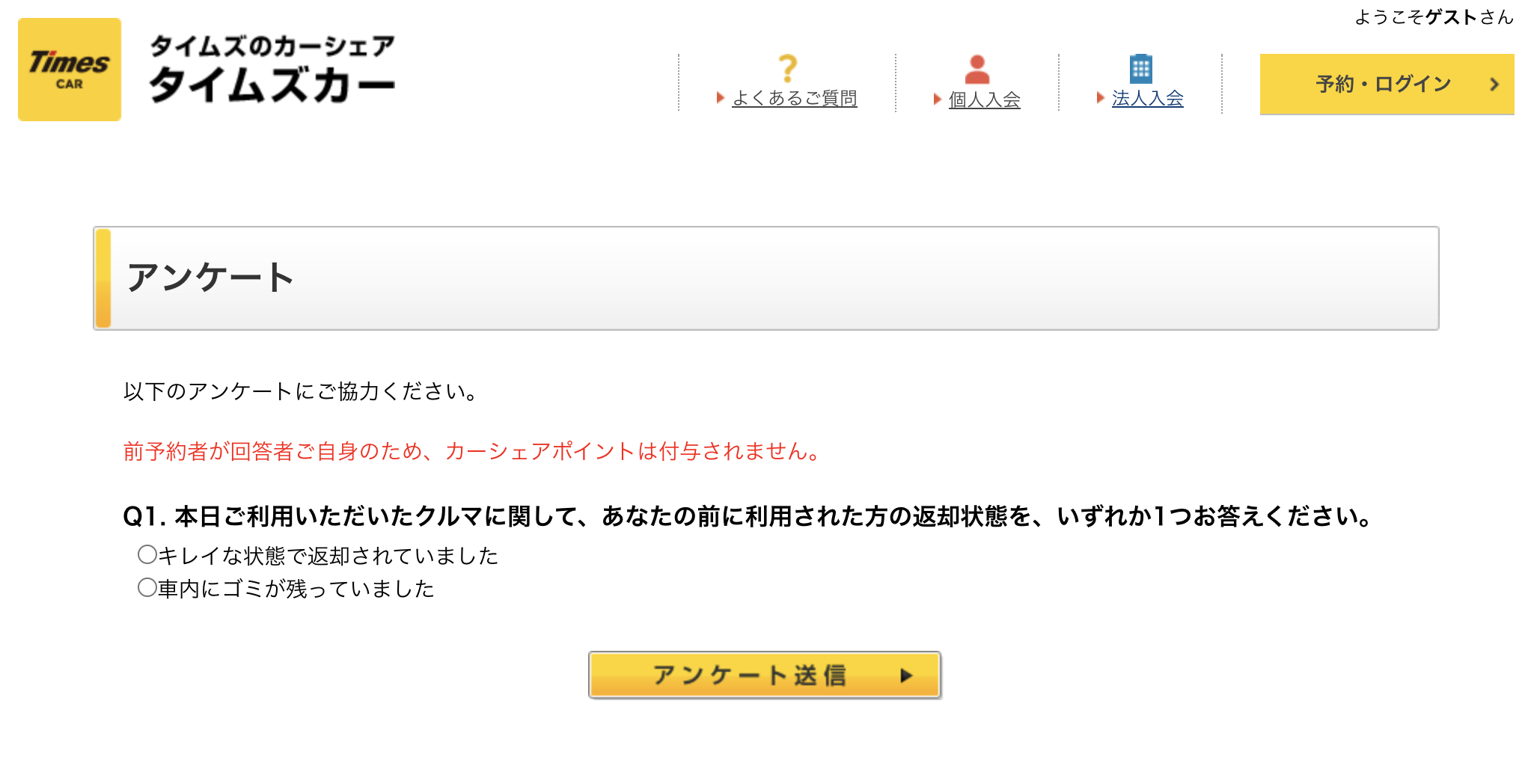
About the TCP point system: you get points for various things:
- the aforementioned cleanliness questionnaire: 1 or 3 points
- driving without sudden acceleration or braking (no +25 km/h in 3 seconds, or -35 km/h in 3 seconds): 3 points
- refueling: 3 points
- for every 100 km driven: 5 points
- for every 100 km driven without an accident: 5 points
- filling out the how to use test: 30 points (first time)
You lose points for returning late, extending the rental during the rental time, making the car unusable, and illegal parking. The points are valid for a year. Above 100 points, you get to level 2, which makes the monthly fee 0. Level 3 (200 point+) gives middle class cars for the price of basic cars, while level 4 (500 point+) gives all cars for the price of a basic car. One can get 10 points for every 100 km driven, so to be on level 2 you need to drive 1000 km per year.
Refueling: since fuel is included in the rental fee, each car has a special credit card that you should use when filling up. If the tank is below half and you fill it up, then you get 30 minutes off from your rental. Due to this most of the cars are usually around 80% full. The way I usually do this is to go to a normal petrol station (フルサービス, not a セルフ) and just give the card to the station staff. This is good, because not all stations accept the card, and it’s also very convenient as I don’t even need to leave the car.
They have a wide variety of cars, and I enjoy that I get to drive different brands and models from most major Japanese car manufacturers. I think it can be useful for people looking to buy a car too. I like that their website has detailed videos on how to use each car that one can watch before driving them. It’s been especially useful in the beginning, as I’m mainly used to manual transmission. On their website there is only one foreign car: in the premium category they have only MINI One CROSSOVER available at 11 stations all over Japan (for comparison one of my favorite cars, the Suzuki Swift is available at 1780 stations).
Some of the cars I drove:
